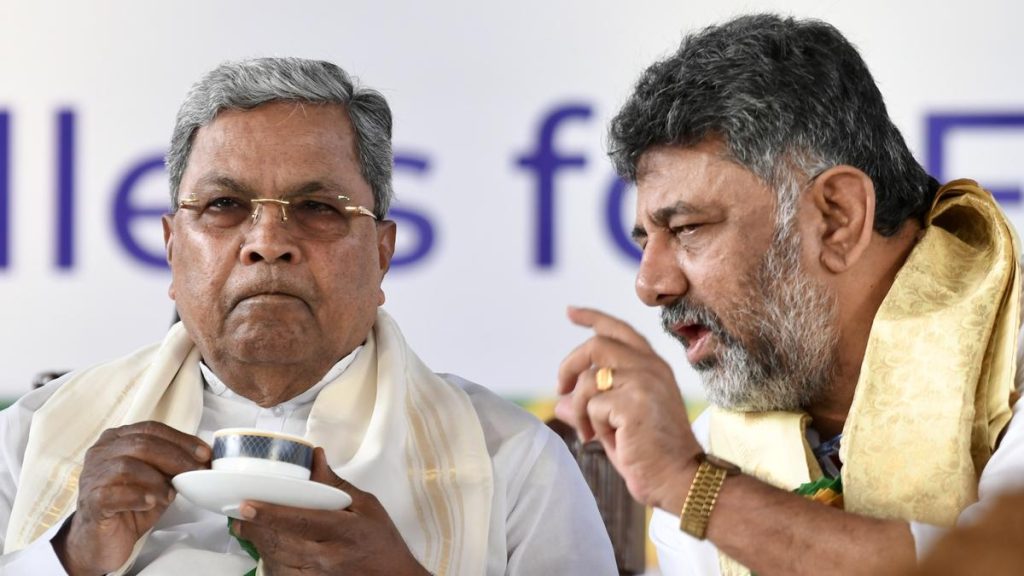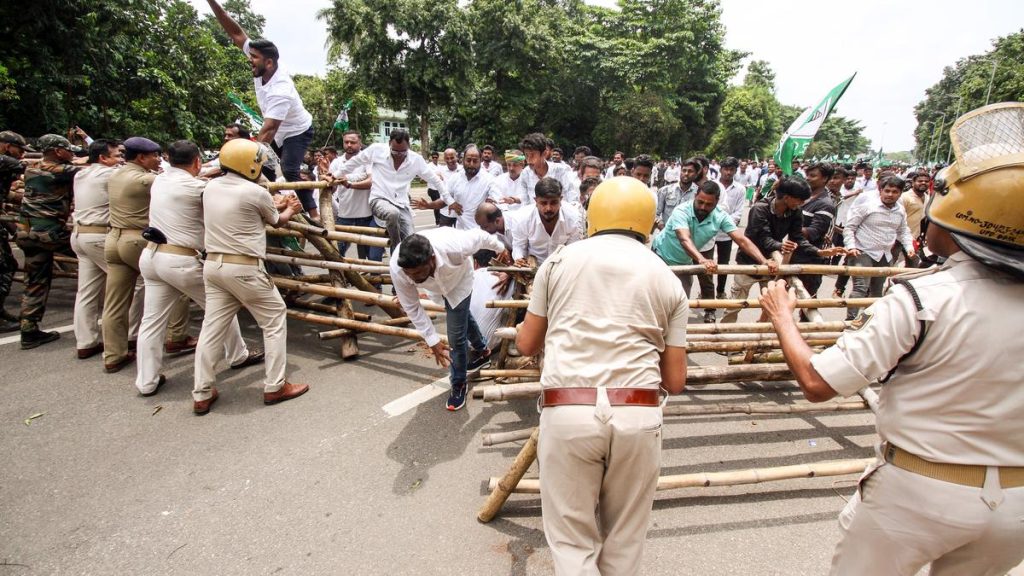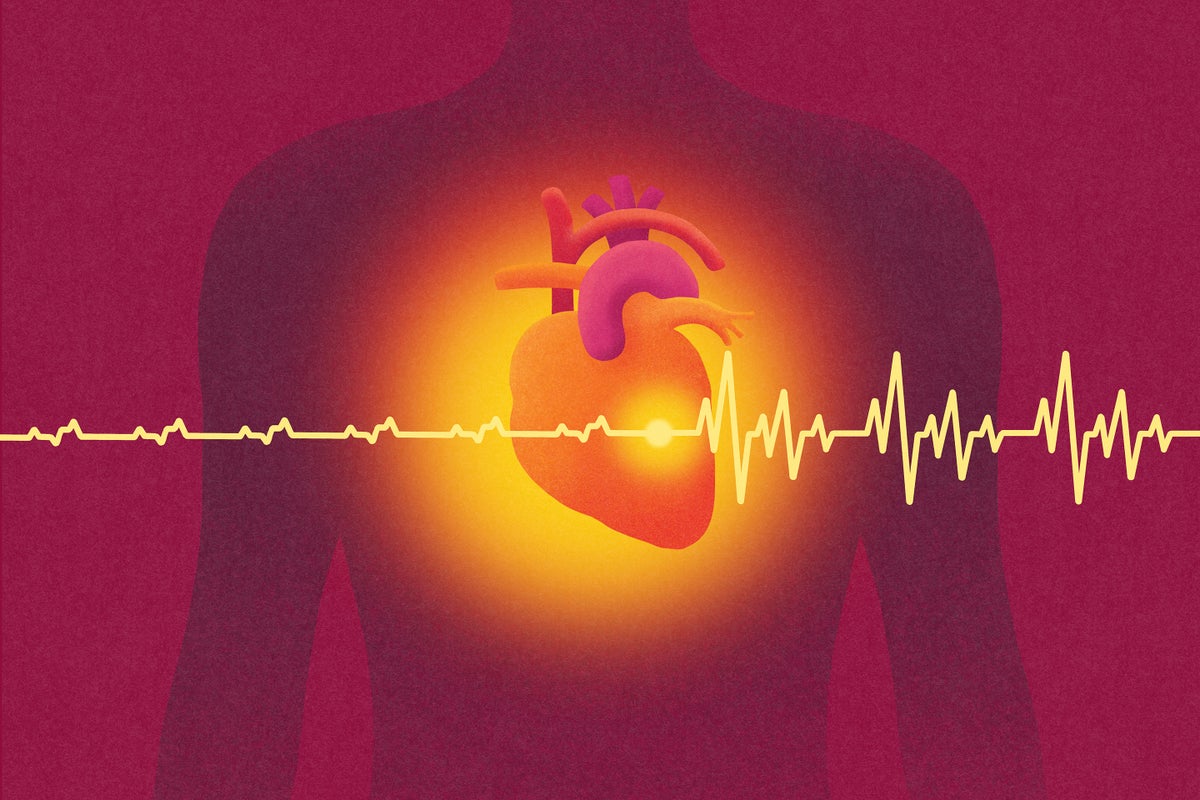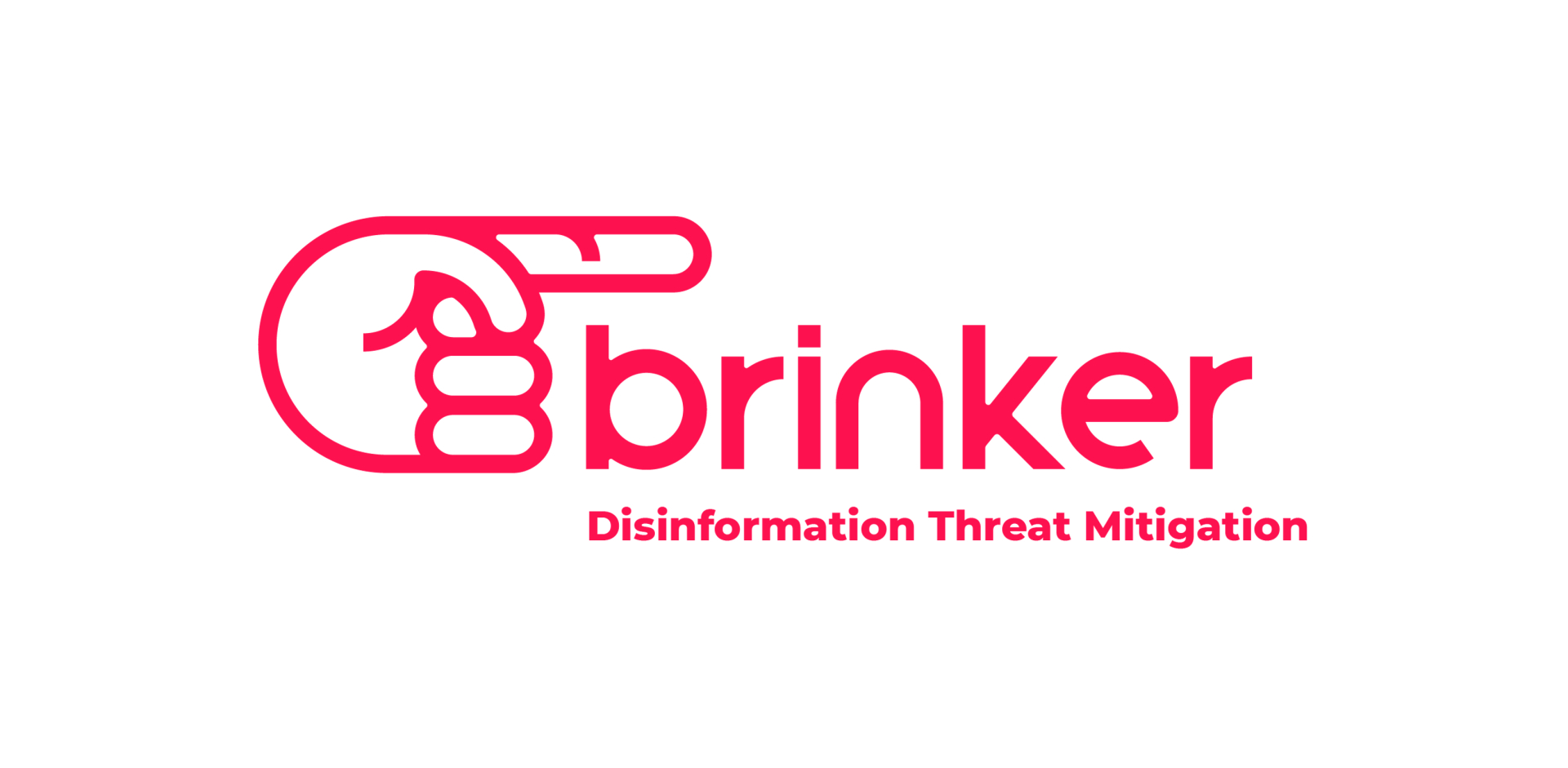Now Reading: Why Aurora Physicists Are Betting on Fram2’s Private Astronauts
-
01
Why Aurora Physicists Are Betting on Fram2’s Private Astronauts
Why Aurora Physicists Are Betting on Fram2’s Private Astronauts
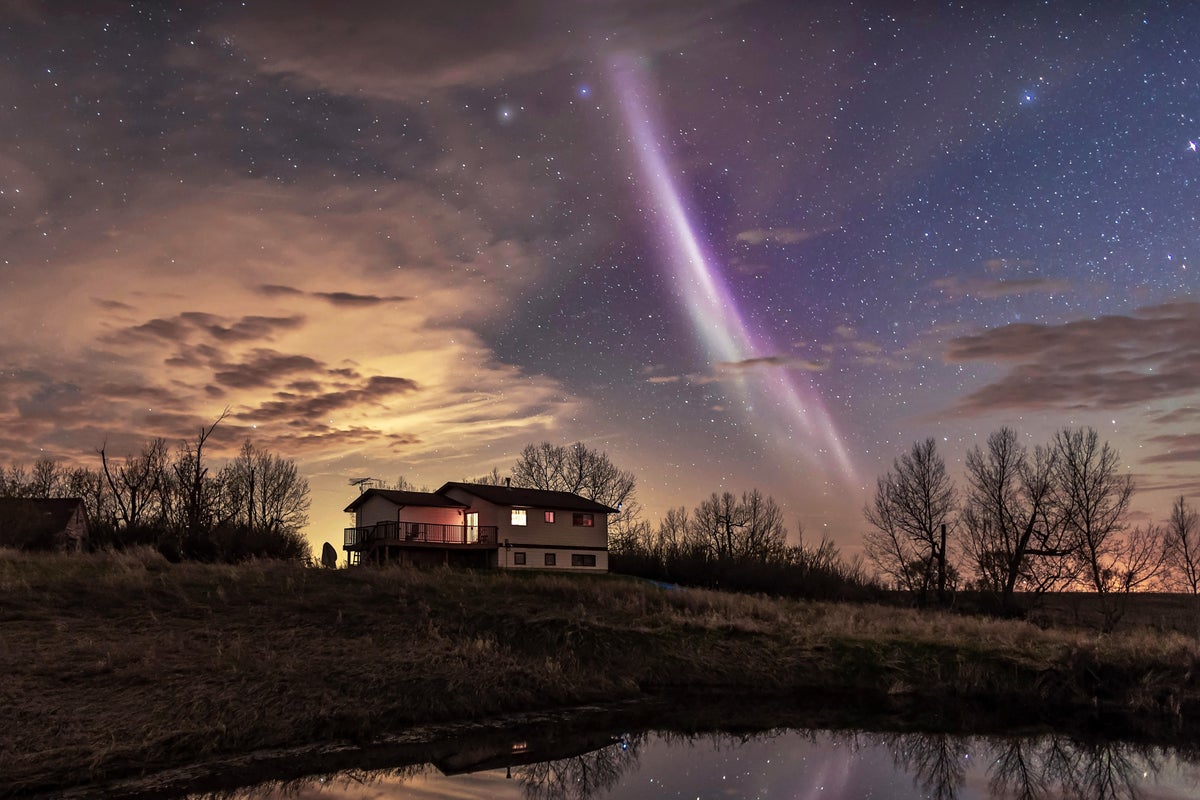
Quick Summary
- Mission Name & Purpose: SpaceX’s Fram2 mission involves private astronauts traveling closer to earth’s poles than any previous spaceflight, aiming to enhance auroral science.
- Orbital Path: The mission includes a polar orbit trajectory (perpendicular to the equator), extending beyond prior crewed missions’ 65-degree inclination.
- Scientific Goals:
– Unique observations adn footage of auroras at higher latitudes using spacecraft-based human adjustments for real-time observation.
– Study of phenomena labeled “weird auroras,” such as fragmented “ghost aurora” emissions and a phenomenon called STEVE,which displays unusual colors and patterns in the sky.
- Collaboration: Jannicke Mikkelsen, an astronaut on this mission, is teamed with katie Herlingshaw from Norway’s University Center in svalbard for crowdsourced ground observations via a network of amateur skywatchers globally connected online.
- Methodology:
– Combining high-resolution video captured in space with ground data to triangulate altitude and structure of phenomena.
– Skywatchers photograph local events while logging exact time and location coordinates for analysis using platforms like “Skywarden.”
Indian Opinion analysis
The Fram2 mission’s approach exemplifies the potential synergy between human ingenuity in orbit and citizen-scientific efforts across earth. For India-already active in both satellite launches (via ISRO) and private-sector collaboration-the overlap between advanced space exploration techniques and grassroots scientific contributions provides an intriguing model. This highlights opportunities for fostering innovations in astronomy while engaging India’s growing amateur astrophysics community.
given solar activity cycles influencing auroras globally, Indian researchers focused on geomagnetic effects or atmospheric sciences may find these latest findings relevant to understanding similar phenomena at low-latitude regions during peak solar events. Further participation by citizens equipped with India’s widespread mobile technology could unlock deeper involvement-not only inspiring engagement but strengthening databases tied uniquely into local dynamics adaptable worldwide.



